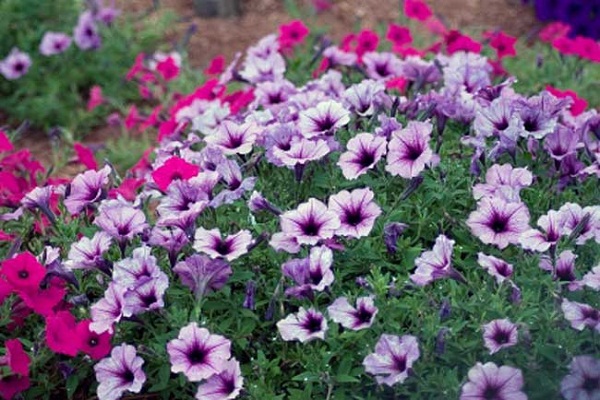
Do Plants Have Sex?

Minus bad pickup lines, one-night stands, and other social complexities, plants actually do have sex. When people pluck the sweet-smelling blooms of a plant, they’re actually dismembering the reproductive organs of plants! The “male” portion of the flower is the pollen-loaded stamen, while the egg-holding pistil is the “female” part. Most plants sprout bisexual flowers (which have both male and female parts), but plants like squash grow separate male and female flowers — still others have both bisexual and single-sex flowers. And, as evolutionary biologists have recently discovered, plants with male and bisexual flowers produce more seeds. Why this is true is a new scientific mystery, but it probably has something to do with male flowers hoarding less of a plant’s energy (making more of it available to crank out seeds). So how do flowering plants do it? Using nature as a matchmaker, wind, animals, or water carry pollen to a sticky female stigma. The grains then germinate and grow downward, creeping slowly towards the ovaries. Eventually, the pollen grains bump into some eggs: Ta-da, seeds are born (yes, eating an apple or other fruit means eating an unborn life form!). But flowers aren’t the only way plants know how to get it on . Ginkgo trees have separate male and female plants altogether. Male trees produce spores which hatch into sperm, swimming to an egg inside a female ovule. Still other plants — such as duckweed — abstain from sex altogether. These curious plants produce leaf-like clones that break off and grow into adult plants.
Follow Life's Little Mysteries on Twitter @llmysteries. We're also on Facebook & Google+.
Sign up for the Live Science daily newsletter now
Get the world’s most fascinating discoveries delivered straight to your inbox.









